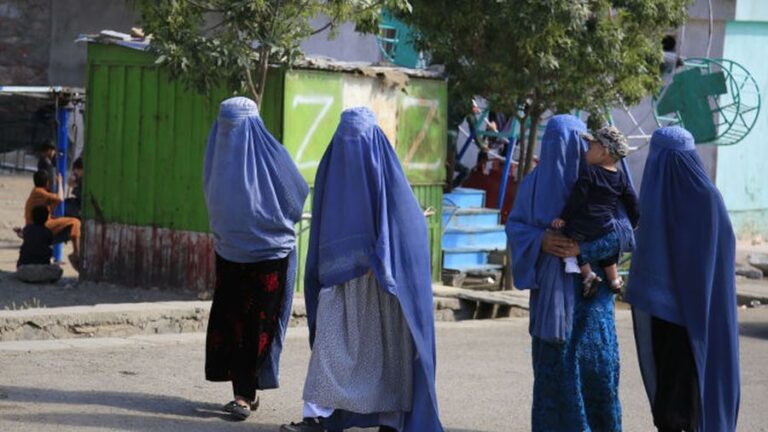China and India Contest the Right to Own Hambantota
The analysts that specialize in predicting the course that the relations between India and China may take, have recently been closely following the scenario that was unraveling around the small town of Hambantota, which is located in the south of the Republic of Sri Lanka (formerly Ceylon).
Since the second half of the last decade this town has repeatedly been mentioned in pretty much every Western paper that was exploring the concept of the String of Pearls. This strategy was introduced for the first last nearly ten years ago, when US military analysts started perceiving China’s growing NAVY as the principal geopolitical threat for the United States..
It’s hardly a secret that China’s ever growing maritime trade remains extremely vulnerable due to the fact that Washington is still capable of blocking the Malacca Strait, the world’s largest commercial sea traffic route that runs through the Indian Ocean and the West Pacific. By finding a bottleneck and blockading it with its fleets, the White House would be able to inflict an extensive amount of damage to China’s economy.
To prevent this scenario from ever occurring, Beijing has decided to a establish a number of land routes that would allow it to bypass all of existing bottlenecks, while creating a chain of naval bases in the Indian Ocean that are known today in the West as the String of Pearls. One of the largest installations in this string was allegedly planned for construction in the above mentioned Hambantota.
Through these steps China’s is planning to address the so-called “problem of the Straits of Malacca,” formulated almost two decades ago by the former general secretary of the Communist Party of China, Jiang Zemin.
As for the onshore section of the route, Beijing has been considering two options. The first and shortest passed through Myanmar with access to the Bay of Bengal, while there’s a significantly longer option the road across Pakistan with access to the port of Gwadar in the Arabian Sea. But this second route dramatically shortens the marine part of the trade route, thereby undermining the significance of China’s existing and building bases in the Indian Ocean.
For nearly two decades Beijing tried to focus on the first route only to taste the bitter taste that all potential Western rivals have when they try to approach Myanmar. The Nobel Peace Prize laureate, the “prisoner of conscience” and the champion of all sorts of “human rights” organizations, Aung San Suu Kyi has been torpedoing any attempt at rapprochement with Myanmar that China would make in the last twenty years.
Ever since the so-called “military junta” stepped down, Aung San Suu Kyi has been pretty much uncontested by local politicians. Beijing was soon to learn that this basically means that for the time being it can kiss the project of the first sea route, the one that would give it access to the Indian Ocean, goodbye.
Therefore, all through the last decade China has been putting a lot of efforts in the construction of modern highways in Pakistan, which would allow its good to reach the shores of the Arabian Sea.
This means that the Pakistani ports of Gwadar and Karachi will soon be transformed into major trade hubs with large Chinese fleets groups being stationed here on the regular basis to ensure the safety of operations and trade.
As it’s been noted above, this will lead to an increase of importance that the port of Hambantota, which was built in just two years back in 2008-2010, largely due to the substantial amount of technical and financial support provided by China. Although today the port fulfills purely civilian functions, there’s could be hardly any doubt that even before the construction started, China carefully examined all the advantages this installation can give if used as a military base.
Last January, the Government of Sri Lanka that had found itself in dire need of foreign investments, singed a framework agreement with Beijing, selling at least 80% of all shares of the Hambantota port to the China Merchants Ports Holding Company for the next 99 years. This step provoked protests among the local population and made India fairly “concerned”.
In an effort to downplay the fear experienced by its northern neighbor, the Sri Lankan government, through its ambassador in Beijing announced on January 21 that China would never be allowed to use the port for military purposes.
Five days later, China’s Foreign Ministry announced that it wasn’t going to claim that the port was in Beijing’s exclusive possession. In turn, the Global Times newspaper would note that India is overly obsessed with this port, which “has always had” civilian orientation.
It seems appropriate to recall the concept that is popular among Indian military analysts that can be summed up in the phrase that the Indian Ocean must be “Indian”, that is controlled mainly by India’s NAVY. At the same time, New Delhi has made it clear a while ago that it’s willing to share the control of the region with its partners, namely the Japanese Navy, which goes in tune with the long-term Tokyo’s goals.
So, if Washington does decide to isolate itself, in principle, there are powers that can replace it in the Indian Ocean.
Perhaps we’ll hear more about Hambantota pretty soon, since it may house military ships, but not necessarily the Chinese ones. In the end, 20% of port’s shares are still owned the Government of Sri Lanka, and there can be a lot of those lurking for the remaining 80%.
By Vladimir Terekhov
Source: New Eastern Outlook







